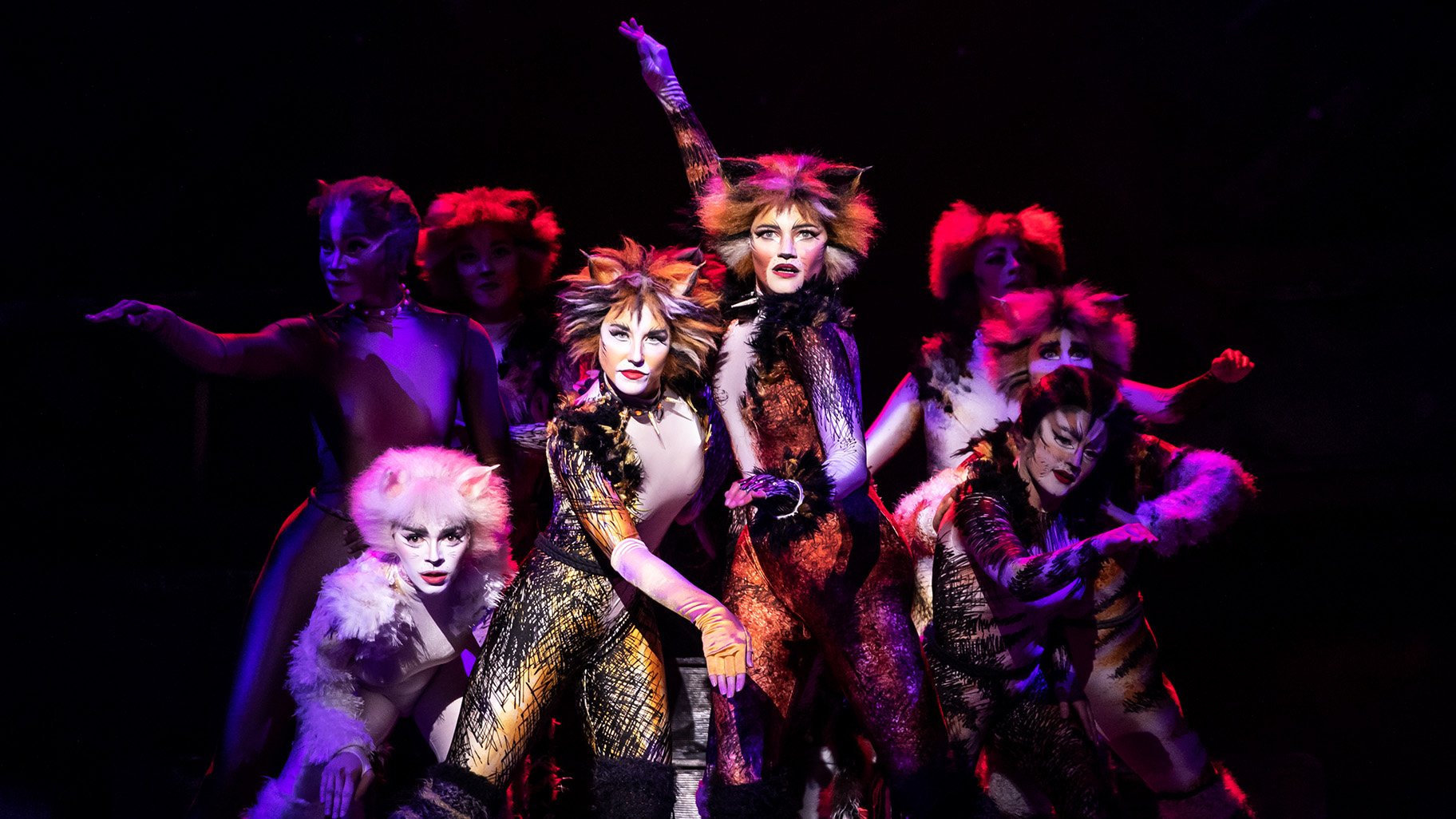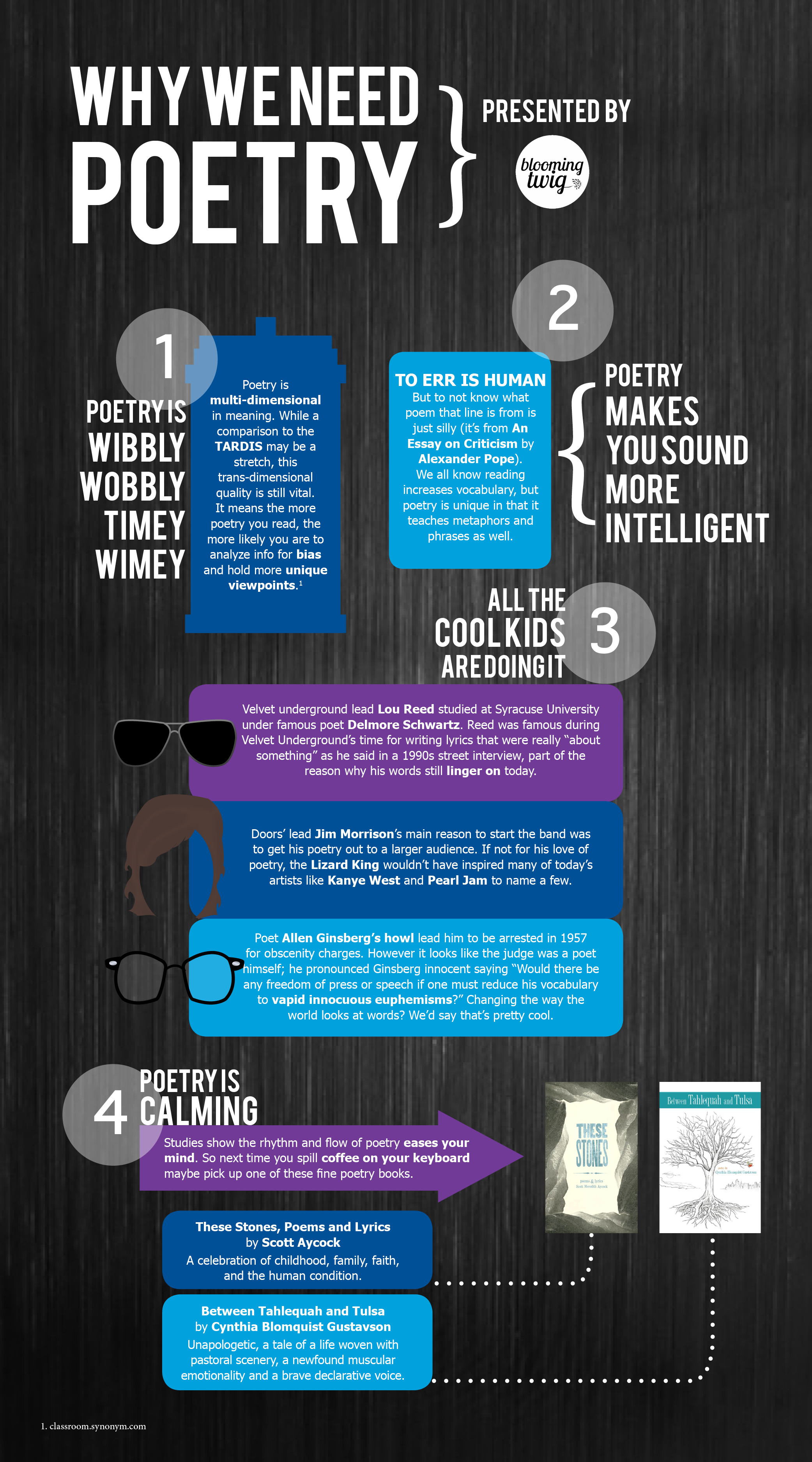Poetry has a very long history,
dating back to prehistorical times with the creation of hunting poetry in Africa,
and panegyric and elegiac court poetry was developed extensively throughout the
history of the empires of the Nile, Niger and Volta river valleys. Some of the earliest
written poetry in Africa can be found among the Pyramid Texts written
during the 25th century BCE, while the Epic of
Sundiata is one of the most well-known examples of griot court poetry.
The earliest Western Asian epic poetry, the Epic of
Gilgamesh, was written in Sumerian.
Early poems in the Eurasian continent evolved from folk songs such as the
Chinese Shijing, or from a need to retell oral epics,
as with the Sanskrit Vedas, Zoroastrian Gathas,
and the Homeric epics,
the Iliad and
the Odyssey.
Ancient Greek attempts to define poetry, such as Aristotle's Poetics, focused on the uses of speech in rhetoric, drama, song and comedy.
Later attempts concentrated on features such as repetition, verse form and rhyme, and emphasized the
aesthetics which distinguish poetry from more objectively informative, prosaic forms of
writing.
Poetry uses forms and conventions to suggest differential
interpretation to words, or to evoke emotive responses. Devices such as assonance, alliteration, onomatopoeia and rhythm are
sometimes used to achieve musical or incantatory effects.
The use of ambiguity, symbolism, irony and other stylistic elements of poetic
diction often leaves a poem open to multiple interpretations.
Similarly, figures of speech such as metaphor, simile and metonymy[5] create
a resonance between otherwise disparate images—a layering of meanings, forming
connections previously not perceived. Kindred forms of resonance may exist,
between individual verses, in their patterns of rhyme or rhythm.
Some poetry types are specific to particular cultures and genres and respond to
characteristics of the language in which the poet writes. Readers accustomed to
identifying poetry with Dante, Goethe, Mickiewicz and Rumi may think of it
as written in lines based on rhyme and
regular meter; there are, however, traditions, such
as Biblical poetry, that use other means to create
rhythm and euphony.
Much modern poetry reflects a critique of poetic tradition,[6] playing
with and testing, among other things, the principle of euphony itself,
sometimes altogether forgoing rhyme or set rhythm.[7][8] In
today's increasingly globalized world, poets often adapt forms,
styles and techniques from diverse cultures and languages.
COUPLET
A couplet is a literary device that can be defined as having two successive rhyming lines in a verse, and has the same meter to form a complete thought. It is marked by a usual rhythm, rhyme scheme, and incorporation of specific utterances.

TERCET
Tercets are any three lines of poetry, whether as a stanza or as a poem, rhymed or unrhymed, metered or unmetered. The haiku is a tercet poem. Haiku- a Japanese, three-line form generally about nature and the seasons or which incorporates such related imagery.

QUATRAIN
Quatrain is a very popular stanza, and important poetic form in English literature. It determines a specific style of expression, and shapes the structure of a poem. The rhyming lines of a quatrain give it a regular rhythm.

CINQUAIN
A cinquain poem is a verse of five lines that do not rhyme. The cinquain poem was created by Adelaide Crapsey.

TANAGA
The Tanaga is an indigenous type of Filipino poem, that is used traditionally in the Tagalog language. The modern tanaga is used in a variety of Philippine languages and English due to popularity in the 20th century. ... The poetic art uses four lines, each line having seven syllables only.

DIAMANTE
A diamante poem is a poem that makes the shape of a diamond. The poem can be used in two ways, either comparing and contrasting two different subjects, or naming synonyms at the beginning of the poem and then antonyms for the second half for a subject.

LIMERICK
A kind of humorous verse of five lines, in which the first, second, and fifth lines rhyme with each other, and the third and fourth lines, which are shorter, form a rhymed couplet.

DIONA
Are popular examples of all types of diona poetry to share and read. This list of poems is composed of the works of modern poets of PoetrySoup. Read short, long, best, famous, and modern examples for diona.

HAIKU
A Japanese poem of seventeen syllables, in three lines of five, seven, and five, traditionally evoking images of the natural world.

SENRYU
A 3-line unrhymed Japanese poem structurally similar to haiku but treating human nature usually in an ironic or satiric vein.

FREE VERSE
Poetry that does not rhyme or have a regular meter.

- ACROSTIC
- A poem, word puzzle, or other composition in which certain letters in each line form a word or words.

- ENJAMBMENT
The continuation of a sentence without a pause beyond the end of a line, couplet, or stanza.
Drama is a mode of fictional
representation through dialogue and performance. It is one of the literary
genres, which is an imitation of some action. Drama is also a type of a play
written for theater, television, radio, and film. In simple words, a drama is a
composition in verse or prose presenting a story in pantomime or dialogue. It
contains conflict of characters, particularly the ones who perform in front of
audience on the stage. The person who writes drama for stage directions is
known as a “dramatist” or “playwright.”
Drama is a unique and distinctive
genre of literature. Drama definition is a narrative presented by actors/actor
on a stage through dialogue/monologue and live action. Usually, dramas are
stories that are acted. Through the combination of performance, music, dance,
props, etc; the audience is able to feel like a part of the action. This is
what makes drama a unique genre of literature. Of course, you can also read
drama; however, you will get the full impression of what the author intended to
show only when you visit a theater.
Comedy is a type of drama
that aims to make the audience laugh. Its tone is light and it mostly has a
happy ending. Such tradition came from the Ancient Greek theatre, where comedy
first emerged as a form of drama. Comedy could be further divided into
subcategories, for example, dramatic irony, farce, sarcasm, black comedy, etc.
Each type of comedy has its own audience. Interestingly, such preferences may
also depend on the cultural background of people.
Tragic dramas use darker themes, such as disaster, pain, and death. Protagonists often have a tragic flaw — a characteristic that leads them to their downfall. Murders, deaths, insanity, and
pain are among the most common ideas in tragedies. Main characters usually have
some kind of weakness or defect that causes their downfall. Tragedy first
appeared in the theatre of Ancient Greece. Like comedy, it lived through Roman
Empire, Medieval times, Renaissance and other eras. Aristotle believed that the
main characteristic of tragedy was the change of fortunes of the main character
because of his flaws. The philosopher also believed that such drama has to
implant a feeling of fear and pity in the audience. As drama evolved, more
modern script writers thought that depicting the downfall of a common person
will cause the viewer to feel greater emotions as it will relate more to a
character of their own social status.
Shakespeare's Hamlet Summary

Tragicomedy is a special kind of
drama that combines the features of tragedy and comedy. It means that such play
may be sad but will have a happy ending, or it may be serious with some
elements of humor emerging throughout the whole play. Unlike comedy and
tragedy, tragicomedy emerged a bit later, in the times of Roman Empire. Roman
dramatist Plautus was the first to write a tragicomedy and to use the term. In
his play Amphitryon, he used the lightheartedness of comedy but chose gods and
kings as the main characters. This was quite revolutionary of him. Before
Plautus, there were strict rules about writing drama, it was either comedy or
tragedy. These genres were never mixed together. Plautus was the first to note
that in our daily lives we have features of both tragedy and comedy. Therefore,
drama also can combine them both.
THE HAZE
Generally, a farce is a nonsensical genre of drama, which often overacts or engages slapstick humor.
Penelope Wilton and Nicholas Le Prevost in "Bedroom Farce"

Melodrama
is the last one of the four types of drama. It is a kind of drama in which
everything is hyperbolized. Usually, themes depicted in melodramas are simple
and without any unpredictable plot twists. There are quite a lot of stereotypes
in such dramas. However, the main point of a melodrama is not to tell a story
but to awaken feelings in the audience. They are mostly love stories with
beautiful heroines, charming heroes and scary villains. Melodrama originated
much later than comedy, tragedy, and tragicomedy. It first appeared in France
at the end of the 18th century. Later, it reached Britain and became one of the
most popular types of drama in the 19th century. Particularly, the 19th century
was the period when theatre was the most popular kind of entertainment and was
visited by vast number of people. This is due to the fact that in those times,
theatres became available for common people. As melodrama was aimed at this
layer of society in particular, it became immensely popular. The influence of
melodrama on society was so great that it lived to our days and even penetrated
other areas of literature and entertainment.
A 10 Minute Melodrama

Musical Drama
In musical dramas, dramatists not only tell their stories through acting and dialogue, but through dance as well as music. Often the story may be comedic, though it may also involve serious subjects.


Good!
ReplyDelete